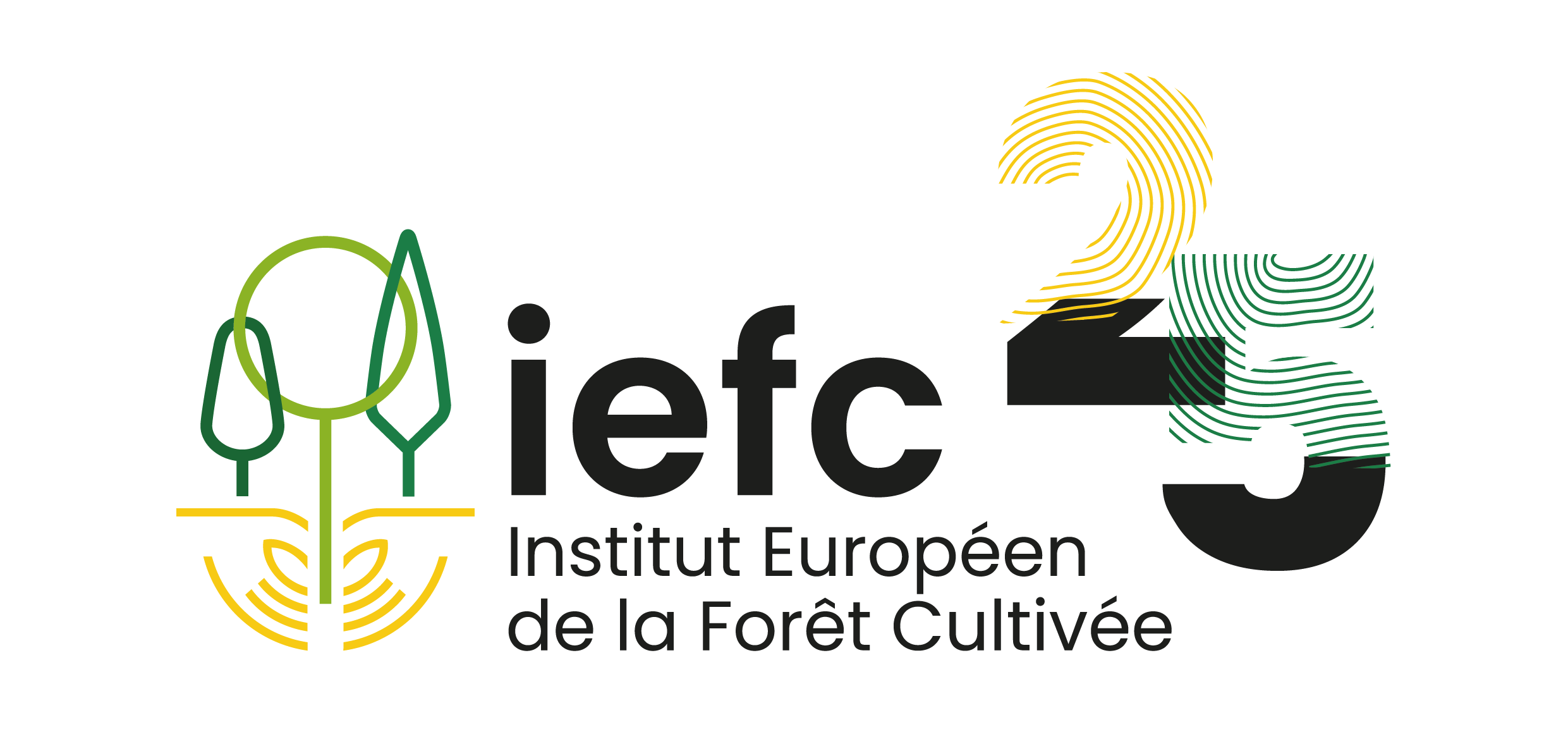
The Green Deal is the European legislative basis that commits Europe to carbon neutrality in 2050, a sinequanone condition for limiting climate change to a 2°C increase in temperature. As forests are the main terrestrial ecosystem storing CO2, the European Union is actively working to update its strategy to preserve this type of ecosystem, which has a strong potential for mitigating climate change by storing carbon and by substituting low carbon impact bio-based products for products from fossil sources. The Green Deal sets the objective that forests, of which all ecosystem services are essential, should be protected against fires and in favour of biodiversity. The Deal also aims to promote their resilience to various hazards (climate extremes, biotic threats, fires) and to avoid imported wood leading to deforestation. It is therefore no surprise that all these topics are included in the proposals put out for consultation on the roadmap for the new European forestry strategy, which should become effective in 2021 and will define the forests the EU wants in the future.
The new strategy should:
- – have a significant dimension related to afforestation and reforestation, in cooperation with stakeholders;
- – have a strong economic dimension;
- – promote tree planting by setting a target of 3 billion more trees planted by 2030;
- – secure the financing of forestry research and ensure its coherence;
- – promote payments for ecosystem services such as CO2 storage and biodiversity, including by protecting or restoring forests.
In all the countries and through all channels (national and European institutions, federations, etc.) it is therefore time to convey to Europe the key messages (governance, objectives, regulations, etc.) that you want to see appear in this strategy in relation to planted forests: Pick up your pens or attack your keyboards.
Author: Christophe Orazio (IEFC)
